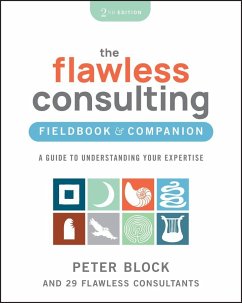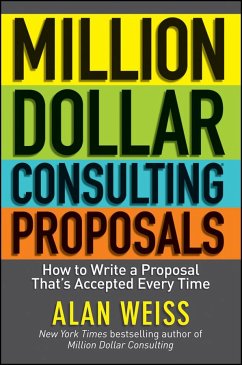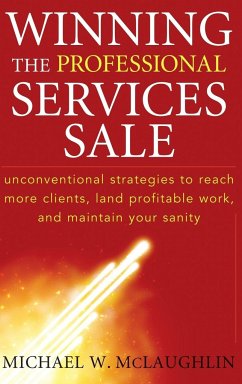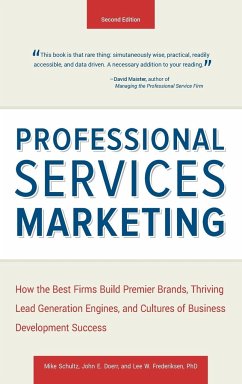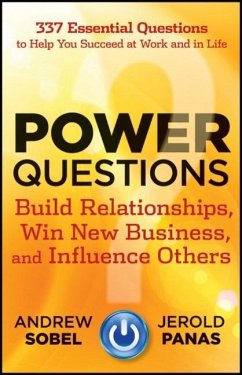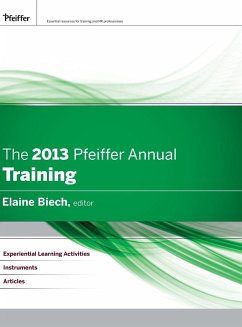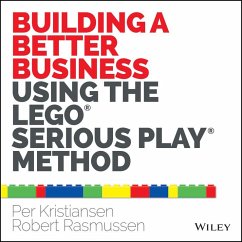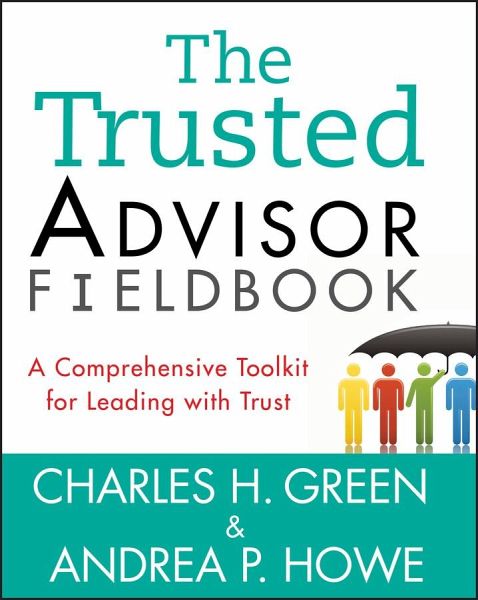
The Trusted Advisor Fieldbook
A Comprehensive Toolkit for Leading with Trust
Versandkostenfrei!
Versandfertig in 2-4 Wochen
30,99 €
inkl. MwSt.
Weitere Ausgaben:

PAYBACK Punkte
15 °P sammeln!
A practical guide to being a trusted advisor for leaders in any industry In this hands-on successor to the popular book The Trusted Advisor, you'll find answers to pervasive questions about trust and leadership--such as how to develop business with trust, nurture trust-based relationships, build and run a trustworthy organization, and develop your trust skill set. This pragmatic workbook delivers everyday tools, exercises, resources, and actionable to-do lists for the wide range of situations a trusted advisor inevitably encounters. The authors speak in concrete terms about how to dramatically improve your results in sales, relationship management, and organizational performance.
Your success as a leader will always be based on the degree to which you are trusted by your stakeholders. Each chapter offers specific ways to train your thinking and your habits in order to earn the trust that is necessary to be influential, successful, and known as someone who makes a difference.
- Self-administered worksheets and coaching questions provide immediate insights into your current business challenges
- Real-life examples demonstrate proven ways to "walk the talk"
- Action plans bridge the gap between insights and outcomes
Put the knowledge and practices in this fieldbook to work, and you'll be someone who earns trust quickly, consistently, and sustainably--in business and in life.
Your success as a leader will always be based on the degree to which you are trusted by your stakeholders. Each chapter offers specific ways to train your thinking and your habits in order to earn the trust that is necessary to be influential, successful, and known as someone who makes a difference.
- Self-administered worksheets and coaching questions provide immediate insights into your current business challenges
- Real-life examples demonstrate proven ways to "walk the talk"
- Action plans bridge the gap between insights and outcomes
Put the knowledge and practices in this fieldbook to work, and you'll be someone who earns trust quickly, consistently, and sustainably--in business and in life.



